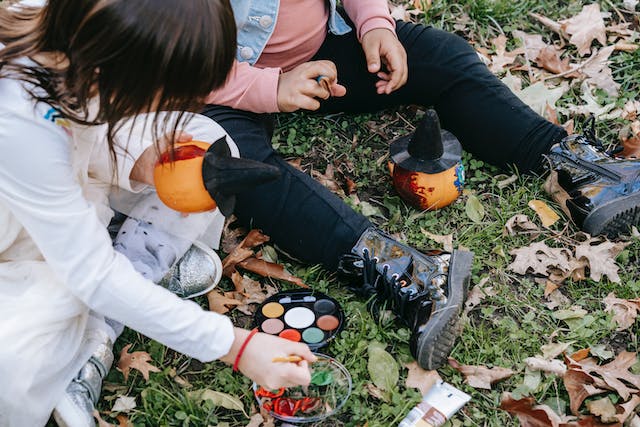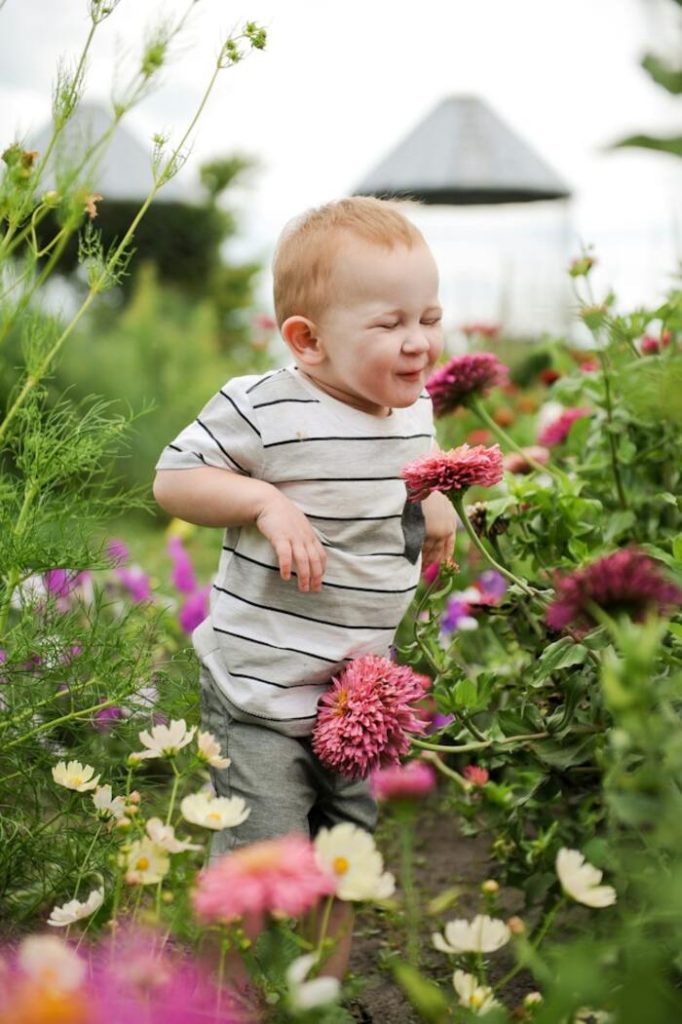Gardens have served more than just beautifying the surroundings of one’s home. The colors of the flowers and verdant landscapes of the trees and shrubs give a calming effect to those who spend a few minutes to sink in the beauty of nature. The lush space serves as an atmosphere filled with creative possibilities. One of these is as a place for kids to play. The vast area of the garden presents a wonderful canvas for activities that will enrich and educate children. Just by strolling around the garden, children can already explore nature through the different flora and fauna. One perfect area to discover, one which is not often noticed, are the shrubs in the garden. Shrubs can actually make play time in the garden more fun and interesting.
Shrubs: A Background (pun intended)
Shrubs are characterized by having multiple stems instead of a trunk and they grow low on the ground. There are many varieties of shrubs. Shrubs do not grow too tall. The tallest shrubs grow up to eight meters or 26 feet only. Shrubs are used in making topiaries, the art of trimming trees or shrubs to create shapes or sculptures. According to Lifescape Colorado, shrubs are important in every garden because “they provide shade, improve soil stability, enhance air quality, and create habitats for all kinds of wildlife.” Aside from those, shrubs can also provide privacy, when planted in rows and growing up to a few meters tall only. A row of blue and purple hydrangeas can replace a boring, white fence. Most beneficial for everyone is that shrubs, alongside other plants that are in the garden, provide a calming and destressing environment. Children can benefit from being away from gadgets, going outside to breathe fresh air, and enjoying the beauty of nature.
Shrub Wonderland
Outdoor activities really do benefit children in their well-being and mental health. There is no need to wander far to enjoy nature. A garden with its variety of trees, flowers, shrubs, and insects offers a lot of fun and learning while exploring and playing. As a whole, the garden serves as a natural playground for children. Shrubs are not just botanical entities, instead, they become dynamic architectural elements. As mentioned before, with the flexible branches and varied forms, shrubs can be sculpted into natural structures, also known as topiaries. For example, rows of boxwoods can serve as pretend fortresses of a castle. The arching branches of a dwarf weeping willow can be a canopy for a fairy princess’ bedroom. Incorporating shrubs into the landscape design of a garden provides an organic and ever-changing playground that sparks creativity and fosters a sense of wonder.
Learning with Shrubs

Aside from enhancing a child’s creativity, shrubs in gardens can encourage learning. According to the data of Rutgers, by DiClaudio, Hughes, and Savocca, “Gardens can serve as living laboratories in which students see and experience firsthand what they are learning and, in turn, apply that knowledge to real-world situations.” Children can see the miracle of life when they see a caterpillar on a milkweed develop into a chrysalis then transform into a beautiful monarch butterfly. They can also witness pollination in action, as the bees get pollen from a honeysuckle. Just by merely watching butterflies and bees fluttering around shrubs, children do not realize that they are learning already. Children can observe the delicate intricacies of nature, learning about the interconnected web of life right in their backyard.
Aside from learning science. Children can also appreciate the beauty of shrubs as they draw or paint them. Shrubs like hydrangeas, azaleas and cape myrtles have beautiful colors in their flowers. The cacophony of colors can inspire children to capture the scene through art or photography. They can also learn about shapes as they draw the flowers and combining colors in order to get the shade that is closest to the one they see. They can also practice their math skills through counting leaves, adding the berries they pick, and dividing according to colors or sizes. Math, Science and Art all covered by time with shrubs in the garden.
Shrubs and Mental Health

A beautiful and colorful garden is not only for one’s visual pleasure. Perhaps the most significant effect of shrubs for gardens where children can play is on their mental health and well-being. Play time in the garden allows children to be away from technology. The flowers, trees, shrubs, butterflies, and birds replace the noise and distraction of computer games, social media and streaming content. These kinds of activities have been known to cause stress and anxiety, among other mental issues affecting children. An easy stress reliever for children is a few minutes outside looking at the shades of green that immediately lowers their stress levels. Allowing them to play in the garden will definitely contribute to a more relaxed, calm, and rejuvenated child.
Shrubs and Play

The best kind of play is one where children learn. Experts describe it as “engaging and interactive experiences where children actively explore, experiment and problem-solve, fostering their cognitive, social, physical and emotional development.” The activities previously discussed show how many of these are covered with just spending time in the garden. An article in Better Health Channel adds, “Children can learn new skills, have fun, play and develop self-confidence by spending time in the garden tending plants and growing their own food. Most children enjoy being outdoors and love digging in the soil, getting dirty, creating things and watching plants grow.” The joy of seeing happy faces as children play in the garden adds to one’s precious memories. Making memories of a happy child at play with plants and shrubs in the garden is very much doable and possible.
Do not belittle the capacity of shrubs. They are not just mere borders, or plants that occupy dead space. Shrubs emerge as the harmonious notes that weave together the melody of a child-friendly garden. Through their multifaceted contributions—be it as natural play structures, soft boundaries, sensory delights, or wildlife habitats—shrubs transform outdoor spaces into enchanting worlds of exploration and joy.

